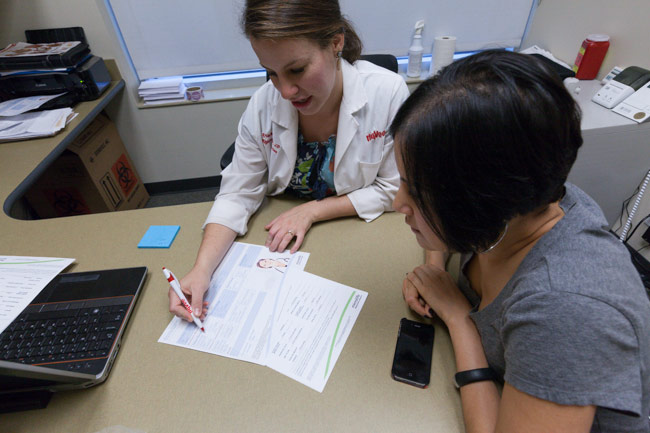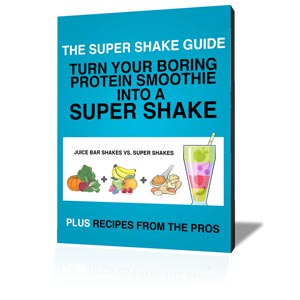All calories are not created equal. I’ve always said this journey is about food quantity AND food quality. My goal for taking the MedGem test with the Registered Dietitian at Hy-Vee was to get a validation or adjustment to my food quantity. I did indeed find my daily calories as estimated previously with the Harris Benedict equation to be right on target.
What I didn’t expect was a nutritional plan that gave me a macro nutrient breakdown of the foods I should be eating. As Registered Dietitian Kristen White reviewed a detailed nutritional plan based on USDA Guidelines that came with the test I already know I was eating a little bit different than what the USDA might like me too. Here are the goal numbers that Kristen gave me:
- Daily Total Calories: 1866
- Carbohydrates: 257 g
- Fiber: 25 g
- Protein: 70 g
- Fat: 62 g and Saturated Fat 20.5 g or less
I picked a typical day from my food log (September 11 to be exact). Here’s how I stack up to her numbers:
- Total Calories: 1775
A bit low but I was feeling a bit off after my return from London. Still not too far off normal maintenance mode for a full day of training clients plus my own workout. - Carbohydrates: 208 g
I am not a “low carb” person but only about 44% of my calories that day came from carbs. I’m more of a smart carb person, thinking about the kind of carbs I eat and when I eat them. I don’t eat a lot of starchy foods, but that day I did have a hot dog bun, fruit, veggies and my normal Kashi Go Lean for breakfast. - Fiber: 51 g
Yes, you can get plenty of fiber without supplements. Even if you subtract the 10 g from the Kashi Go Lean I overachieve on my fiber intake. Oats, dry roasted edamame and apples (all of which I ate that day) have plenty of fiber. - Protein: 134 g
What can I say, I like my protein. This is a bit higher than usual but not an uncommon amount. While I ate 64 g more than was recommended it is well within the RDA 10-35% of my daily calories. Plus I am more active than your average person. Your body can’t store amino acids (protein building blocks) they way it can fat and carbs (glucose). Constant turnover means constant replenishment. - Fat: 56 g and Saturated Fat 6.4 g
Here I am not far off. It’s mostly from plant based sources with the exception of my eggs. Eating a vegetarian diet keeps my saturated fat well below the line.
The USDA plan does take into account that I exercise although the type of exercise is not considered. The USDA plan also doesn’t take into fact that I have Type 1 diabetes. Perhaps since I am not overweight or because I am a personal trainer no one asked about health conditions. But I have always considered the USDA too carb heavy for anyone, not just diabetics. Science also changes faster than any government agency and isn’t (usually) as influenced by lobbyists as much as food policy is.
Of course I am not a registered dietitan. I do not call myself a nutritionist. There isn’t anything official in the Unites States that backs up that title so anyone can us it. I am an ACE Certified Health Coach and Precision Nutrition Level 1 coach. I have also worked very hard to continue to educate myself on nutrition. I know what works with my body. I know what works with my clients, what helps them achieve the results they wish to see. I don’t try to treat anyone’s chronic conditions. I just help them learn to eat with more balance and more whole foods. I help them learn how to eat so they can look better, feel better and perform better.
Each of us needs to find a balance for our own situation, sensitivities and tastes. I appreciated the plan that came with my MedGem test and I think it can be very helpful to some. For an absolute beginner it might be too much data. After all calorie counting can be a big jump when you’re not even eating breakfast or you’re living off fast food. But for someone ready to get into “the weeds” nutritional speaking it can be a good jumping off point. I say start slow and focus on a balanced plate. There will be plenty of time for macro nutrient ratios down the road.
How do you feel about the USDA guidelines? Do you count carbs or fat grams? Do you even count calories?




